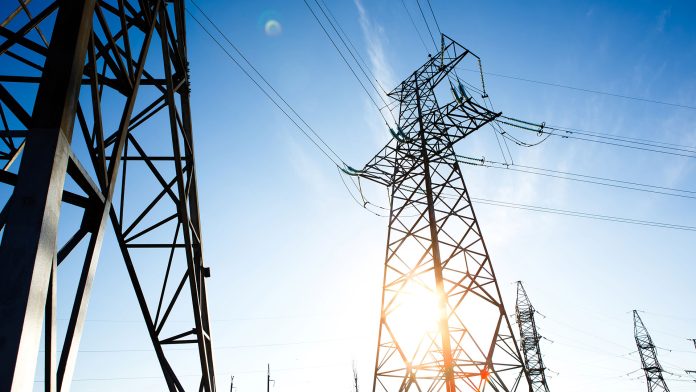Colin Gault, Head of Product at POWWR, discusses challenges faced when implementing effective energy management and how these can be overcome.
In the past, energy use in businesses was taken for granted and went largely unmanaged. Despite being such a significant overhead, most organisations still didn’t give much thought to exactly how, when or where they used energy. However, there has been a shift in mindset.
As energy costs have continued to rise, the need for better energy management is increasingly being discussed in boardrooms up and down the land.
However, internal advocates often struggle to justify the ROI of such projects due to the insufficiency or inaccuracy of the available data. So much so that Gartner suggests that ROI and conflicting priorities are seen as the top two challenges faced by over 40% of cases.
Being seen to be green
In addition to wanting to reduce costs, one of the major catalysts for better energy management is the desire for businesses to be seen to be green.
Due to this, a third of the world’s largest public companies have already committed to net zero targets. Overall, environmental accountability is now top of mind for more than two-thirds of business leaders. Almost eight in ten (79%) say they have already entered a renewable energy power purchase agreement or plan to do so within two years. It makes perfect sense. It can attract increasingly eco-conscious clients and help retain staff.
As well as wanting to be seen to be on green tariffs as much as possible, I fully expect organisations to increasingly move towards using energy at cheaper times of day. We are already seeing savvy manufacturers aligning manufacturing processes to times of day when prices are lower and many renewables are in the mix.
A three-step strategy for effective energy management
The problem of energy cost and availability is not going to go away. Almost half (46%) of organisations admit that the availability and energy costs have caused moderate to significant disruption to their business activities during the previous 12 months. Whilst three-quarters acknowledge that they have been primarily focused on short-term energy demand reduction optimisation strategies, a longer-term view is preferable.
For those looking to change towards better energy management, there should be a three-step strategy to ensure an optimum outcome. Firstly, the business should look to reduce its overall load as much as possible. Then, they should look at their fixed and variable load before finally looking at how they can move the load to cheaper times of day.
Data, data everywhere
Whatever the catalyst for better energy management may be, there is no doubt that data can be the proof point required to get such a project off the ground. While digital technology is not a significant barrier, data visibility and reliability are in the top three for one-third of business leaders. While there is more data within digital technology than ever, it is about producing the correct data to support ROI calculations and gain boardroom buy-in.
But how much onus should the business be placed on establishing the effective modelling strategies required to generate the requisite data to prove ROI and environmental benefits, and how much should the energy supplier be? For me, the industry must do what it can to provide accurate energy consumption data and information management strategies to support a business in delivering its cost reduction programs and environmental management goals.
Better balancing load
Luckily, through the latest technology, suppliers can help. Through the advent of artificial intelligence and machine learning, they have more intelligence than ever to provide insight into when and where a business uses energy and how much they could save by moving this load to a different time of day. This saving can be passed on because the cost of energy to the suppliers differs at other times. It is in the supplier’s best interest to create goodwill and loyalty.
The act of better balancing load is a big focus for the energy industry. At the time of typing, energy behemoth Octopus is undertaking real-time trials to discover how moving energy demand out of peak times can support balancing the power grid and reduce costs. The scheme will help inform the National Grid Electricity System Operator (ESO) of its plans to run a zero-carbon grid for specific periods by 2025 and a fully decarbonised one by 2035. It will also provide insight into how customers could play a role in reducing the costs of balancing supply and demand and ultimately save themselves money on their electricity bills.
A shift in attitude
Whilst energy prices have started decreasing, they are still significantly higher than in 2022. This is continuing to expose businesses to severe financial and operational challenges. Because of this, they are treating energy as a controllable resource.
The desire to reduce energy usage and improve sustainability goals has led to a significant shift in attitude, with businesses changing their behaviours and strategies through a diverse set of long-term investments and activities to manage energy consumption. So much so that three-quarters say they have already started reducing their energy usage through optimisation activities, and another 19% plan to do so within the next two years.
Unfortunately, businesses wanting to change are facing significant internal hurdles. It is essential, therefore, that the energy industry is aware of them and does what it can to align itself with organisational priorities so that they can help them execute at a lower cost point and unlock additional opportunities.









